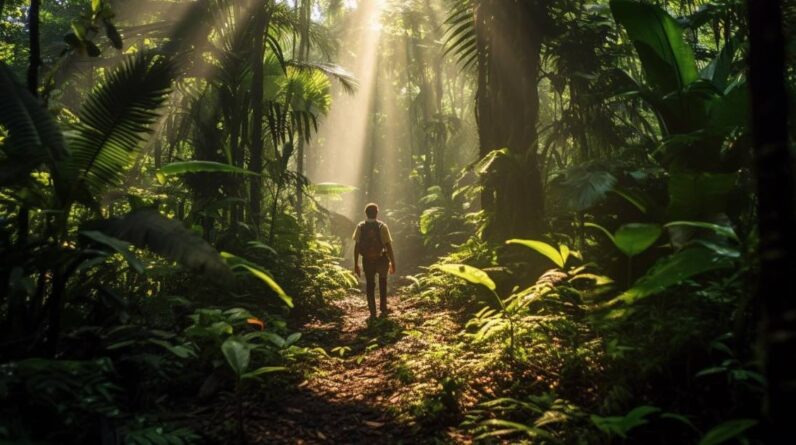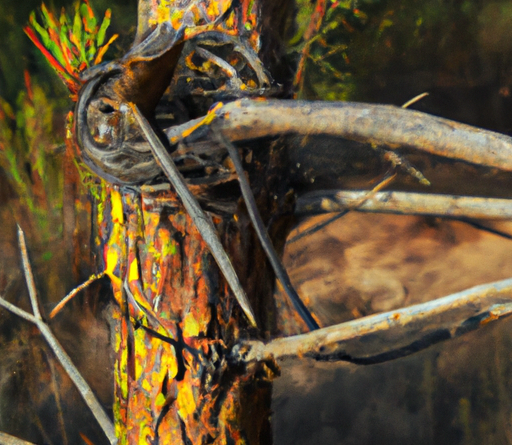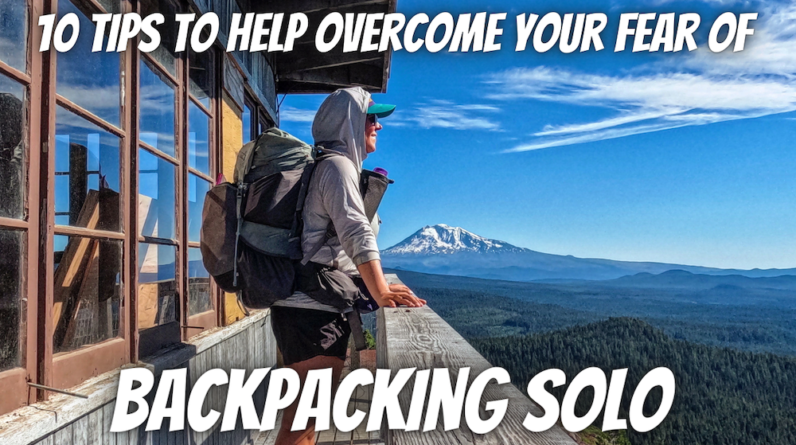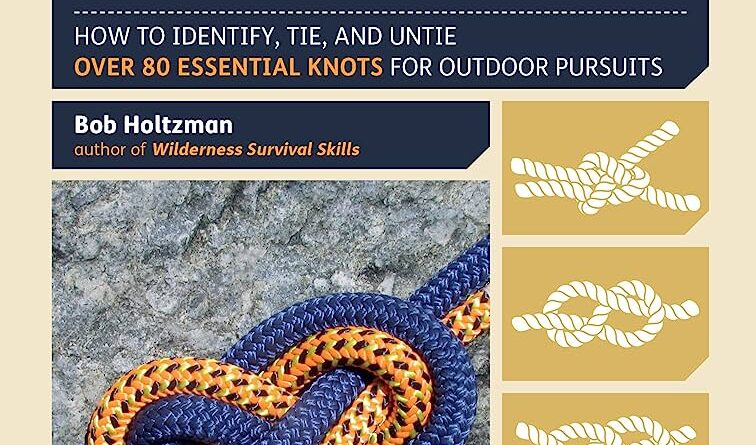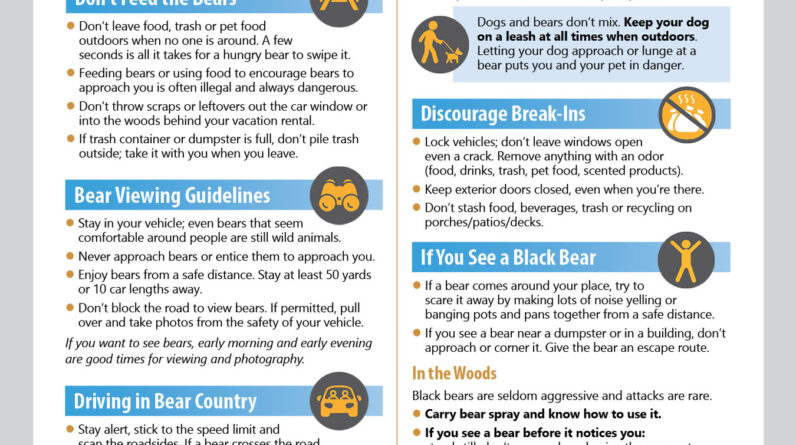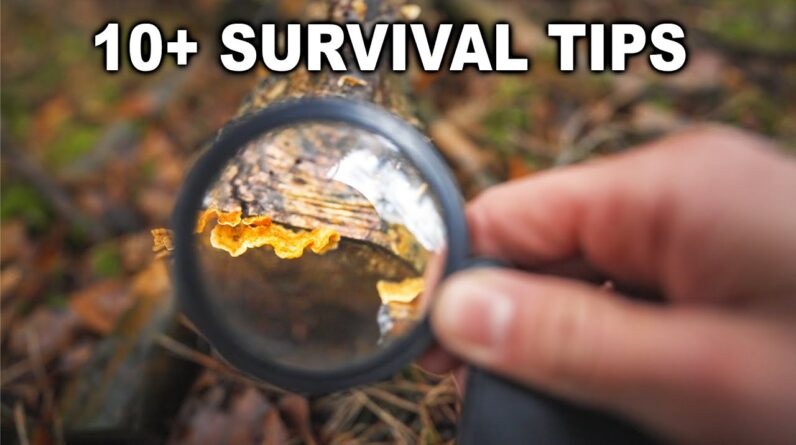
Welcome to my blog post on Outdoor Survival Skills & Bushcraft Tips! Whether you are an experienced adventurer or a newbie wanting to explore the outdoors, having some basic survival skills up your sleeve can make all the difference when faced with unexpected situations. In this post, you will learn about 10+ essential outdoor survival skills and bushcraft tips that can help you stay safe and comfortable in the wilderness. So, let’s dive right in and start exploring these invaluable skills!
Outdoor survival skills and bushcraft tips are essential for anyone who wants to explore the wilderness. Camping, hiking, and trekking in the great outdoors offer an escape from the hustle and bustle of city life, but they also come with their own set of challenges. Whether you’re a seasoned outdoor enthusiast or a newbie, knowing some essential survival skills can make a world of difference in your experience. In this article, we’ll provide you with ten of the best outdoor survival tips and bushcraft skills to make your next adventure successful.
Lighting fires with obscure items
When you’re in the wilderness, starting a fire can be a real challenge. It’s important to know how to light a fire with the materials you have on hand. You can use a variety of obscure items to start a fire, including Doritos, Vaseline, or even gum wrappers. If you’re having a tough time lighting your fire, try using alcohol-based hand sanitizer.
Keeping warm in winter camping conditions
When camping during the winter months, keeping warm is essential for your survival. You can use a variety of techniques to keep warm, including layering your clothing and using a good quality sleeping bag. If you’re still cold, try boiling some water and filling a water bottle with it. Place the water bottle in your sleeping bag to stay warm all night long.
Cutting apart a shotgun cartridge is not safe
Shotgun cartridges can be a valuable tool for survival skills, but one thing to remember is that cutting them apart is not safe. Doing so can cause the cartridge to explode and injure you severely. Instead, try using the other tips in this article to aid your survival.
Using a needle as a makeshift compass
If you’re lost in the wilderness and need direction, you can use a needle as a makeshift compass. Magnetize the needle using a piece of metal or battery, and then float it on the surface of water or rub it against silk or a piece of clothing. The needle will align with the magnetic field and point you in the direction of north.
Magnification device for identifying plants and fungi
Loop is a small magnification device for identifying plants and fungi. It can help you spot subtle differences that can help you determine whether a plant is safe to eat or not. You can also use a magnifying glass or a smartphone camera to identify plants and fungi, but the loop is more compact and easier to carry.
Winter gloves for handling hot embers
When you’re building a fire, you’ll need to handle hot embers. Winter gloves are a great option for protecting your hands from the heat. You can also add cotton wool pads to the glove fingers for extra warmth in cold weather.
Traditional fire lighting with flint and steel striker
Flint and steel striker with char cloth is a traditional way of starting a fire. Char cloth is a piece of cotton or other natural fiber that has been charred until black. When struck with flint and steel, it produces a spark that can be used to light kindling.
Tinder from bracken or jute twine
Bracken or jute twine can be used as tinder for the fire. You can also use dry grass, bark, or leaves, but jute twine is more compact and easier to carry. Just tease out the fibers and add them to your kindling.
Rope with sliding metal cap
Rope with a sliding metal cap can be used for fire lighting and pack organization. The cap can be used as a striker for flint and steel, while the rope can be used to tie down gear and make shelters.
Weatherproofing leather gloves
Leather gloves can be treated with wax to weatherproof them. You can do this at room temperature, but it’s also possible in the field with a candle or tea light. Simply rub the wax onto the gloves, and then heat them to melt the wax.
Conclusion
Outdoor survival skills and bushcraft tips are essential for anyone who wants to have a successful camping or hiking experience. By knowing some basic survival techniques, you can increase your chances of survival if you ever find yourself lost in the wilderness. The ten tips we’ve provided in this article are just a starting point – there are plenty of other techniques and tools you can use to aid your survival. Always remember to practice responsible camping and hiking practices and never take unnecessary risks. Happy camping!



